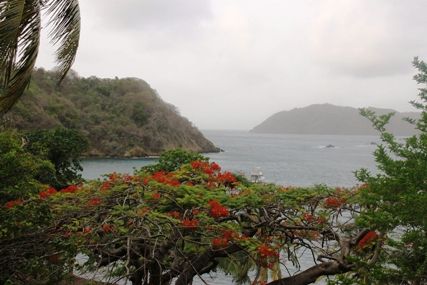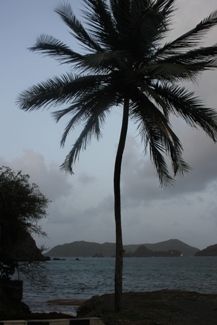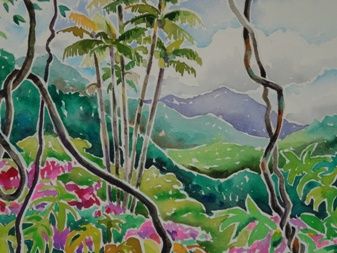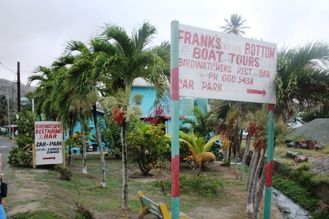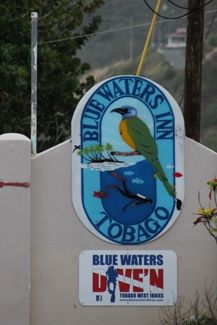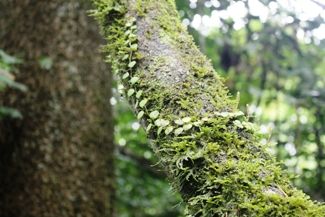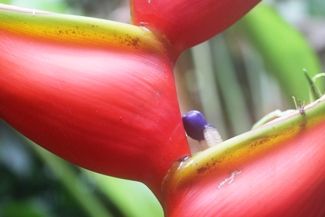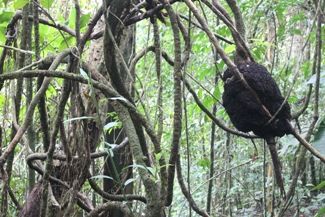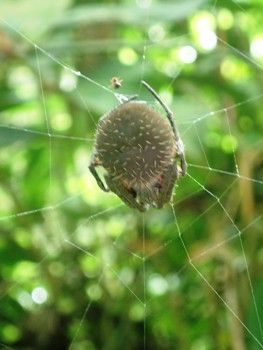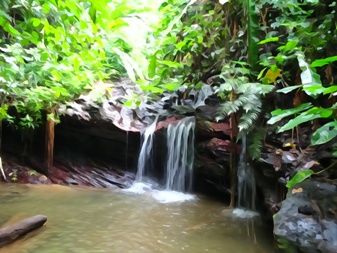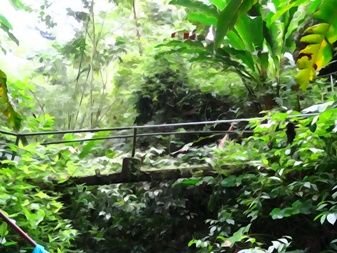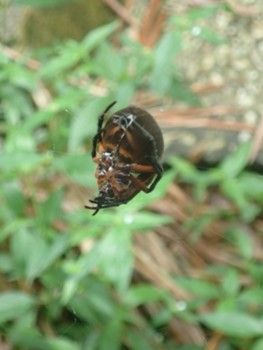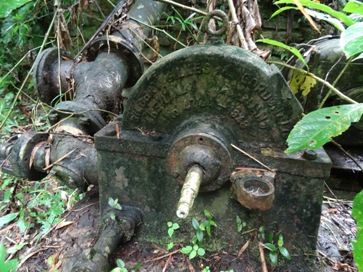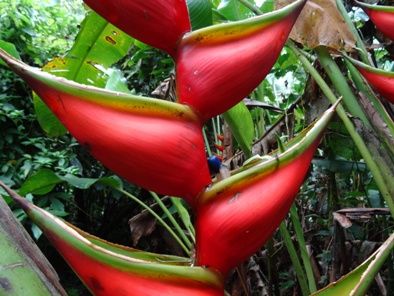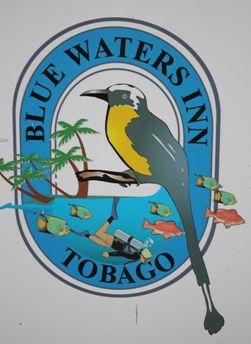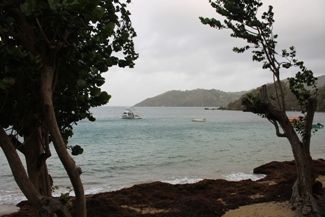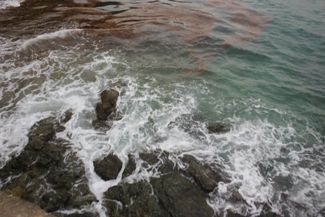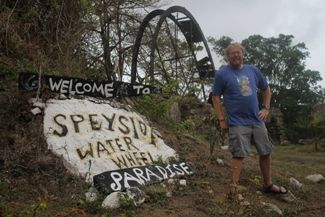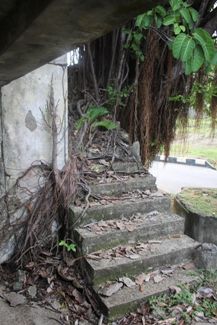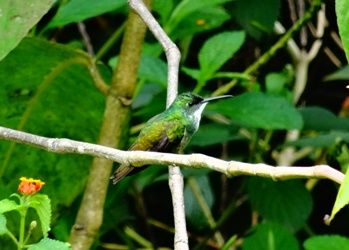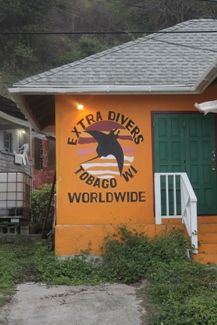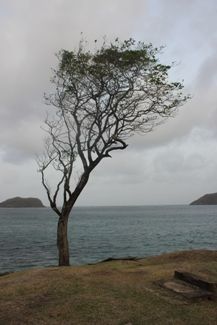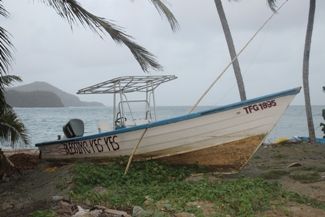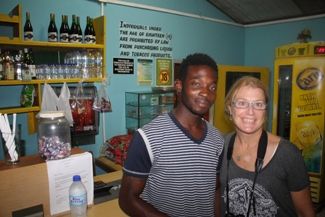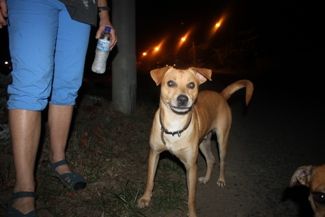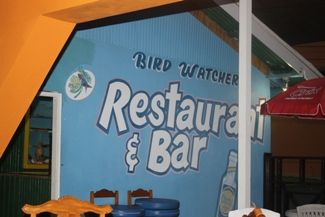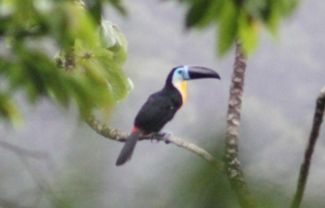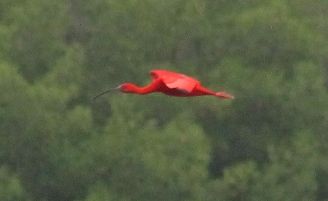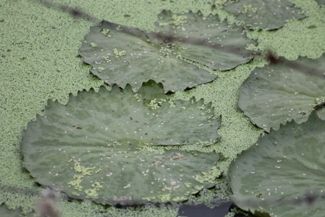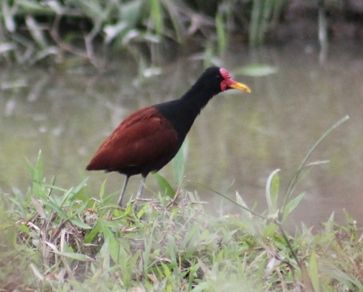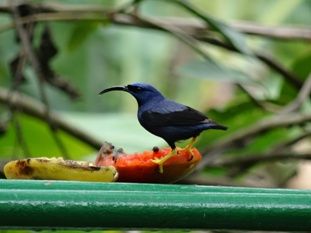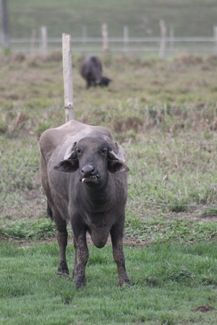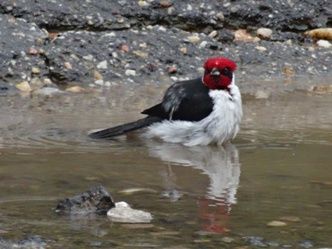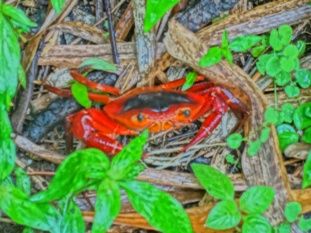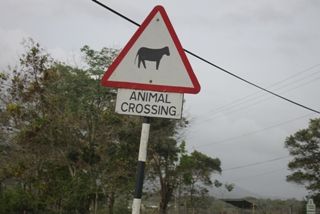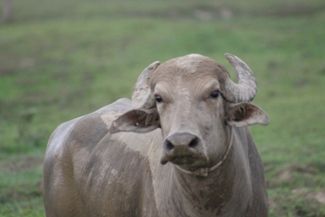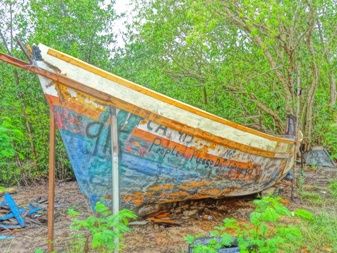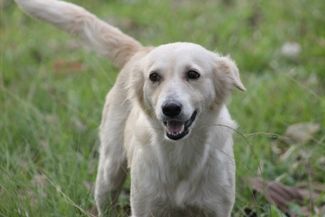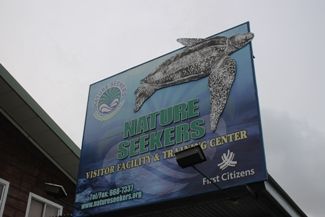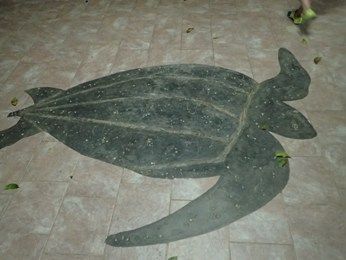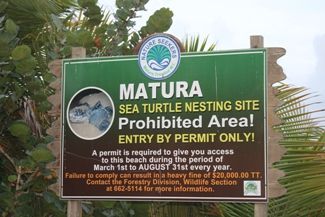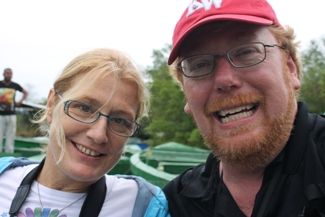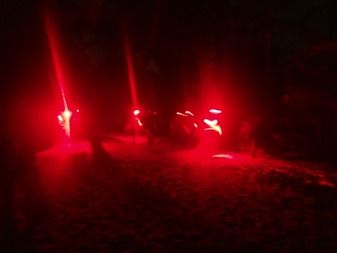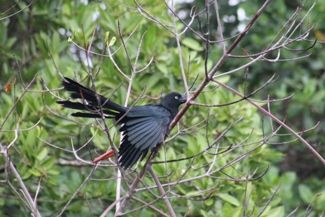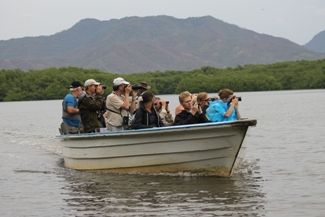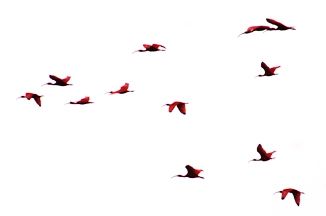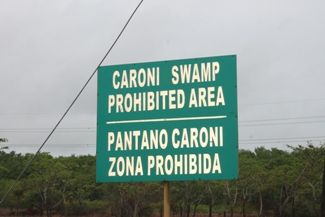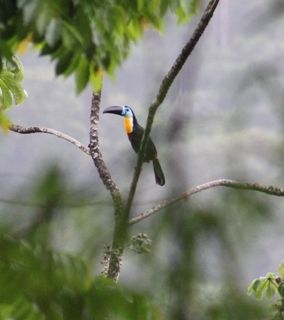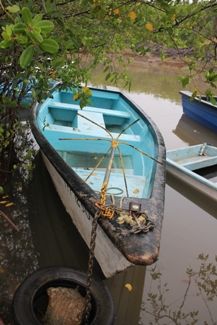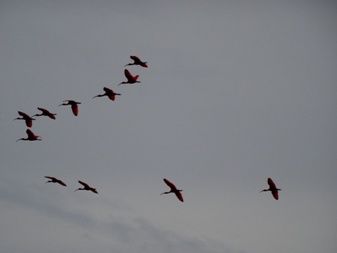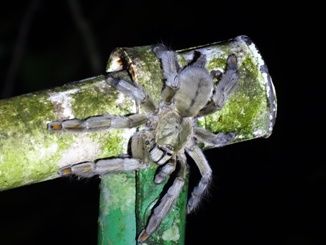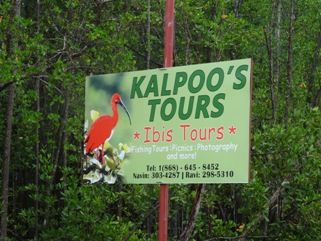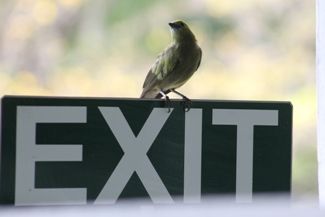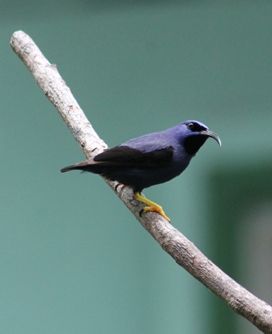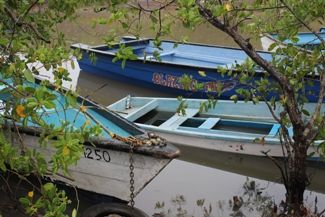Tobago
June 19, 2015
Tobago
After five days in Trinidad it was time to move on to the
Tobago section of our trip, but not before one final trek through the
rainforest on the arduous Adventure Trail at the Asa Wright Nature Center.
After that, we headed to the airport and hopped on the short flight over to
Tobago and on to the coastal village of Speyside where we checked in to the
beautiful Blue Waters Inn.
Kathy loves hiking and she wanted to make sure we hiked the
most difficult trail on the Asa Wright property prior to departing and after
much prodding she was able to talk me in to it. The trail certainly lives up to
its name, The Adventure Trail, and it was quite an adventure for me. The recent
brief rain, just before we started the hill made it even more tricky as the
leaf litter was very slippery and the steep rising and falling of the trail
through the rainforest was tough.
My hike started out in a precarious situation as the trail
lead right over a huge thirty foot tall leafcutter ant hill. These huge
constructions are generally easily traversed, but the recent rain, made it a
muddy mess and with each step my feet would sink about a foot into the anthill
causing a fury of huge angry ants to emerge. I eventually slipped and fell onto
my back, which might have been laughable, other than the massive ants that
immediately began attacking my jacket.
The ants were close to an inch long with massive mandibles
that cut right through the fabric of my shirt. Thankfully I was able to get out
quickly, but Kathy had to literally brush hundreds of angry, bitey ants from my
back. It was less than pleasant. Thankfully the rest of the trail was much less
dramatic and we even discovered yet another beautiful waterfall and pool.
Our next stop was the Blue Waters Inn in Tobago. We checked
in to our beautiful beachfront room and started exploring the area and the town
of Speyside where the hotel is located. Speyside is on the leeward side of the
island across from the island of Little Tobago. Speyside has some of the best coral
reefs on the island of Tobago, and is a popular dive site. The reefs are less
disturbed than the more famous Buccoo Reef in southwestern Tobago.
Kathy and I walked in to town from the hotel and checked out
the small village that is obviously dependent on the coral reefs, tourism and
fishing as its major industries. We checked out the famous Speyside Waterwheel.
The waterwheel was made in Scotland and brought
to Tobago in 1834 for processing sugar and is on the remnants of an old estate
that over the last 180 years grew sugar cane, cotton, coconut and other fruit
trees. The walls still stand from the storage areas next to the wheel and this
portion was a hotel in the early 1900's that burned in 1970.
We had drinks in a little bar
aptly called the Birdwatchers Restaurant and Bar then returned to the hotel
along the road that offered incredible vistas overlooking Tyrrel's Bay.
The grounds of the hotel are forested and have trails running through them and
are home to a variety of wildlife. It is not as diverse as in Trinidad, but is
still pretty cool and if you add in the bonus of the beautiful beach, it is
pretty sweet.
